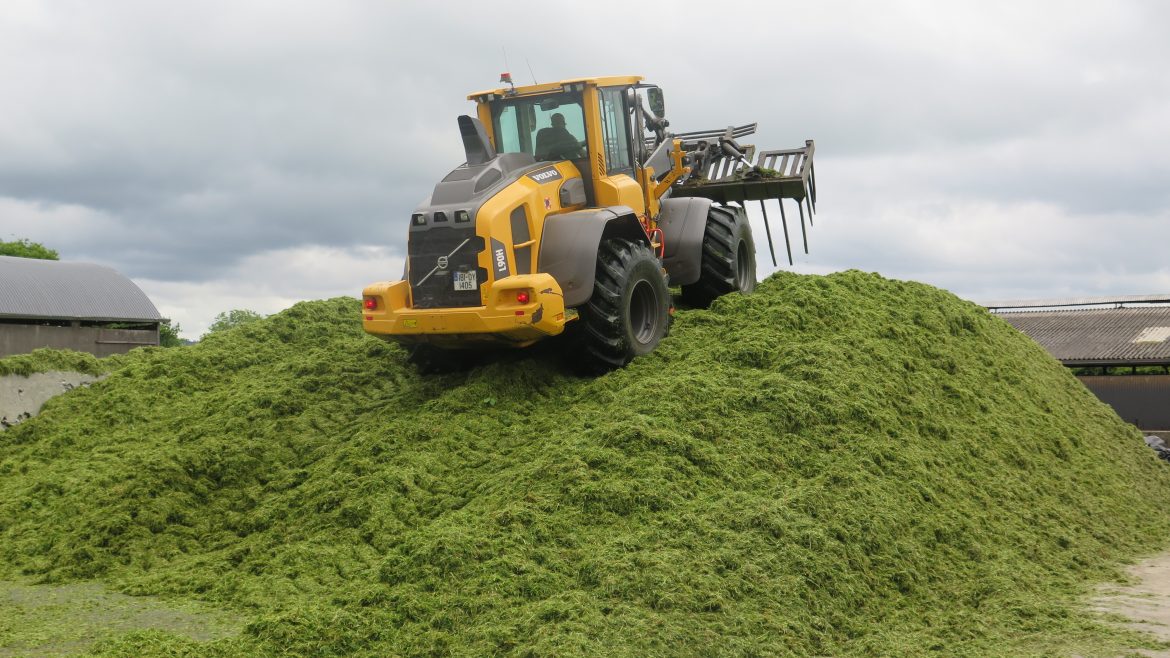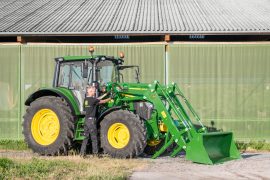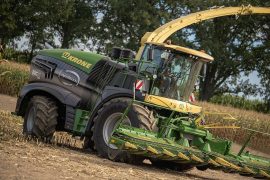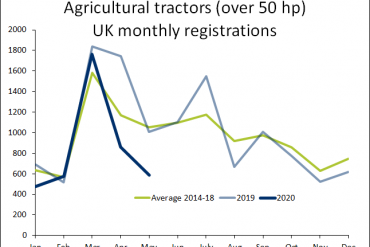The Association of Farm & Forestry Contractors in Ireland (FCI) and the Health and Safety Authority are concerned at recent reports of demands by some farmers to fill silage pits to excessive and potentially dangerous heights placing vehicle operators and others working at these pits at risk of serious injury. This is a particular safety risk in 2021 as grass of high moisture content is being ensiled. This material is prone to create pit splitting, creating an additional risk when silage pits reach excessive heights.
Because of the huge variations in slab and pit sizes, the condition of retaining walls, the moisture content of the silage and indeed the variety of equipment used to compact and roll the pits; it is difficult to give a definite safe maximum silage pit loading height. A competent person must take all of these factors into consideration when determining the silage pit loading height.
Farmers and contractors should plan and agree safe operating procedures and safe pit heights specific to their farm, before harvesting commences. General rules to ensure vehicle operator safety and prevent the collapse of retaining walls include:
- The height of the silage being rolled should never be more than double the height of the retaining walls
- The silage should slope at less than 45° degrees to retaining walls and the loading face of the pit when being filled
- Where a clamp is being built with no retaining walls, the side slopes of the clamp should also be kept at less than 45° degrees
- The working width for rolling the silage across the top, of any clamp or pit, should be at least three times the full tyre width of the loading/pit rolling machine.
The Department of Agriculture, Food and the Marine (DAFM) specifications for silage pits retaining wall specifications are designed to withstand the pressure exerted by silage filled to twice the height of the retaining walls where the side slopes are less than 45 degrees. The loading of silage pits to this extent should be avoided. In addition, it is difficult to get good compaction of the silage above wall height as the rolling pressure is not acting against a solid confinement element such as a retaining wall.
Operators must ensure the stability and safe operation of the rolling equipment to prevent loss of control or overturns. Roll over protection must be provided for machines used for rolling the silage clamp or pit.
Where pits are full and more silage harvesting is required, baled silage should be considered and the H.S.A. guidance on “Safe Stacking of Bales” should be followed.
Finally, the silage storage capacity on all farms should be assessed to ensure the matching of facilities to stocking levels.





